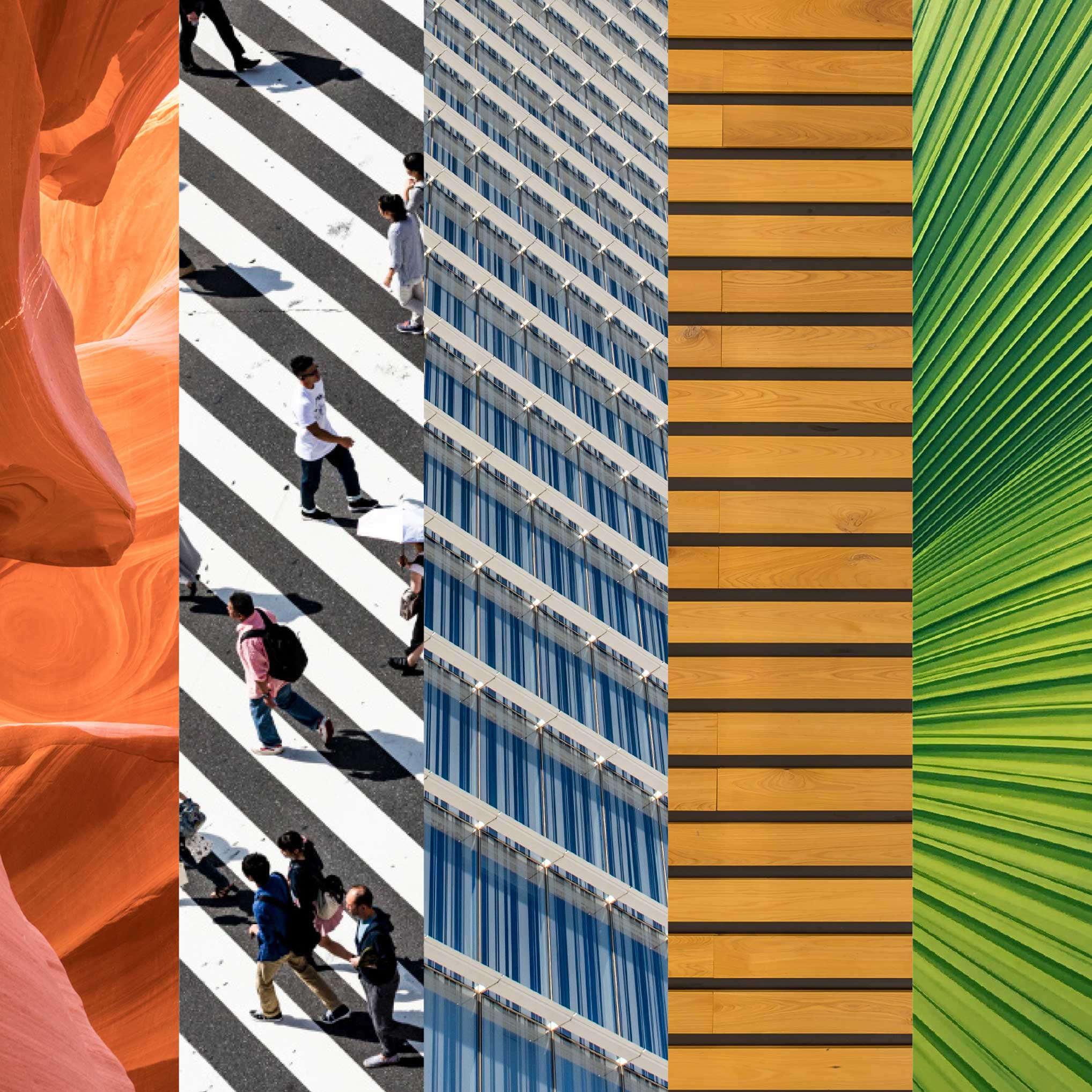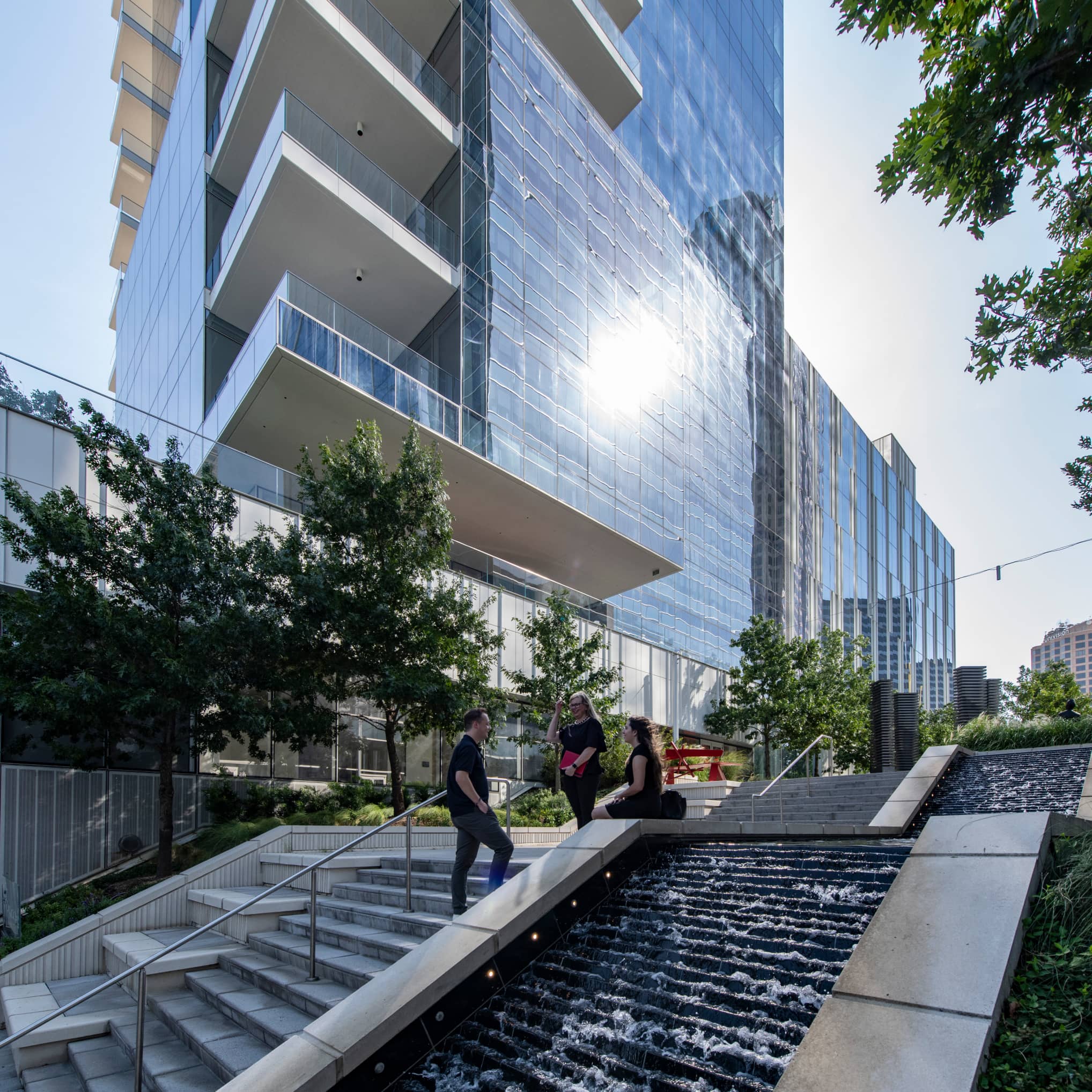
Design for Change: How Architecture Can Adjust to the Demands of an Evolving Climate Crisis
Natural disasters and the effects of climate change are everywhere — not just in on our television or computer screens, but in each of our cities and communities. As the globe gets warmer and sea levels rise, wildfires destroy forests while superstorms cause lasting ecological, infrastructural and social damage.
Buildings are partially to blame for these crises. According to the United Nations Environment Program, buildings generate almost 40% of carbon dioxide gas emissions, making them a chief contributor to global warming and resultant climatological shifts.

As the world’s population and rapid urbanization increases, Architecture 2030 projects that global building stock will double by 2060. This demand is coming at a critical juncture as the architecture industry grapples with how it can deliver buildings that can limit carbon emissions, endure future disasters and protect human survival all at the same time.
In joining the UN Global Compact, HKS has committed to designing high performance, resilient buildings, using the AIA Framework for Design Excellence as a guiding light. The Framework’s “Design for Change” measure encourages architects to design for future changes in our environment and help people navigate incoming challenges.
“The Design for Change measure asks us to acknowledge uncertainty, anticipate change, and find ways to help our communities thrive,” said Yiselle Santos Rivera, HKS’ Global Director of Justice, Equity, Diversity and Inclusion during a recent webinar about the Design for Change measure.
The measure revolves around four focus topics — flexibility and future adaptability, risk assessment, resilience, and passive survivability. When considered together, these focus areas can inform design strategies for buildings that can withstand future climate-related emergencies, support survival and enhance social equity.
“This is about environmental change, social change, economic change,” Santos Rivera said. “This measure compels us to advocate for our clients, our communities and our cities to understand our context and the great responsibility we have to design for what the future can bring.”
“This measure compels us to advocate for our clients, our communities and our cities to understand our context and the great responsibility we have to design for what the future can bring.”
Design for Change in Action
Rising to meet the demands of our constantly changing physical and social environments is a shared responsibility. We asked HKS designers and sustainability experts Marwah Garib (Orlando)and Luz Sánchez (Mexico City) — to share the different ways they apply Design for Change principles in their work.
Climate risks vary depending on geographical location, time of year and other factors. How do you assess climate risks when kicking off a project and how can you help mitigate them?
Garib: We first start doing some research on the project’s location. We look at maps from FEMA and NOAA as well as GIS data, studies, research papers and even news articles. This helps us identify the climate risks that a location may face in the future. For example, if one of the risks is sea level rise, we try to identify how much it will rise in the future and that leads us to create a toolkit of solutions —raising the building, floodproofing the impacted levels, etc. —depending on the type of building, location and of course, the client’s feedback.
Sánchez: I believe that climate risk affects the entire planet. Though it may affect some regions first, the long-term impact will be visible to all. We all inhabit the same planet. In Mexico, environmental impact of building projects is regulated by the General Law of Ecological Balance and Environmental Protection, (Ley General del Equilibrio Ecológico y la Protección al Ambiente or LGEEPA). The law defines environmental impact as “modifications of the environment caused by the action of man or nature.” To estimate changes to the environment caused by infrastructure projects, we use an instrument called Environmental Impact Assessment (Evaluación de Impacto Ambiental) through which the Ministry of the Environment and Natural Resources (Secretaría de Medio Ambiente y Recursos Naturales or SEMARNAT) assesses the impact that construction will have on the environment.

What interesting conversations are you having with clients about resilient design? What do you think are the driving forces of these conversations?
Garib: Conversations with clients vary depending on the sector. Many clients, however, want to know that they have a valuable asset now and in the future. Having a building that can mitigate the risks of climate change would definitely enhance long term functionality and be more valuable in the future.
Design for Change describes the importance of planning for the future. Describe a project you’ve worked on where you considered present conditions as well as what may be coming ahead.
Sánchez: Thinking about projects we’re working on at the HKS Mexico City office, the Nuevo Estadio Leon is a great example of a project that integrates the existing conditions of the site and urban environment into its design. Our scope comprises a master plan with a big plaza and several buildings, including a soccer stadium, a hotel and a shopping center. The guiding design principles are that the project strengthens the city’s economy, offers services to the community, uses energy efficiently, respects the natural habitat, and honors the magnificent leatherwork of Leon. The design takes into consideration important guidelines for good energy performance and environment integration and has spaces that are flexible dependent on the local community’s needs. I really believe that doing high quality projects like this one will make a change in communities and bring long term benefits to the planet.
How do you define climate justice? Why is resilient design an essential part of strengthening communities?
Garib: Climate change will affect lower income communities of color and minorities the most. For example, during extreme weather events such hurricanes, disadvantaged communities might lack the transportation means to evacuate. Subpar housing and infrastructure are less resilient and have less funding to retrofit, so tougher to prepare for significant weather events. Further, it often takes more time for lower income communities to recover and rebuild after such events due to a lack of health and home insurance. Climate justice is making sure that our climate mitigation solutions address all communities and that the most vulnerable neighborhoods become resilient to climate change without leaving anyone behind.



